In the early years of school, every moment counts. Students are building the habits, skills, and confidence that will shape their entire educational journey. The earlier we can identify and support a child's needs, the greater their chances of thriving both academically and emotionally.
MTSS for elementary school offers a way to set students up for long-term success from the very start. MTSS (multi-tiered system of supports) is a proactive, data-informed framework that helps educators support every student academically, behaviorally, and emotionally. MTSS ensures that no child slips through the cracks by offering the right level of support at the right time.
Let’s discover what MTSS looks like in an elementary setting, how it helps students thrive, and how schools can launch a successful implementation.
Get started with our Interventions and Progress Monitoring Toolkit
What Is MTSS and Why It’s Essential in Elementary School
MTSS is a comprehensive system designed to provide academic, behavioral, life skills, and attendance support to all students. Through a tiered structure, schools can deliver interventions and monitor progress based on individual student needs. With MTSS early intervention, educators can support students now instead of waiting for challenges to develop in later years.
Elementary school is a critical stage for MTSS. Young children are developing rapidly, both cognitively and emotionally. Foundational skills in literacy, math, behavior, and classroom habits are established during these years. Multi-tiered support systems in elementary school can prevent future struggles and promote long-term success.
The 3 Tiers of MTSS in an Elementary Context
MTSS operates through three distinct tiers, each offering a different level of support. Traditionally, the MTSS framework is visualized as a three-tiered pyramid, with Tier 1 at the bottom and Tier 3 at the top.
An example of the MTSS pyramid
Tier 1: All
Tier 1 describes the universal classroom instruction that all students receive. Approximately 80% of students should respond proficiently to Tier 1 instruction, so it must be highly effective.
Example Tier 1 Strategies: Classroom read-alouds, core math instruction, positive behavior expectations
Tier 2: Some
Students who need additional support after receiving Tier 1 instruction receive targeted, small-group interventions in Tier 2. Approximately 15 to 20% of students will need Tier 2 supports.
Example Tier 2 Interventions: reading groups, social skills lunch bunch, turtle technique
Tier 3: Few
Individualized, intensive instruction in Tier 3 addresses specific skill gaps for about 1 to 5% of students. These students have received both Tier 1 and Tier 2 instruction.
Example Tier 3 Interventions: 1:1 tutoring, check and connect, family liaison
Academic Supports in MTSS for Elementary Students
Early Literacy and Numeracy Interventions
MTSS for elementary school places a strong emphasis on early reading and math skills. Schools implement reading interventions and research-based literacy programs that include phonemic awareness, phonics, fluency, vocabulary, and comprehension strategies. Math interventions might focus on number sense, counting strategies, and early problem-solving approaches. These foundational skills are critical for long-term academic success.
Differentiated Instruction in Reading and Math
In the MTSS framework, instruction is tailored to meet the needs of all students. Differentiated instruction ensures that students receive content in ways that align with their readiness levels, learning styles, and interests. Teachers may use small groups, flexible grouping strategies, or varied instructional materials to personalize learning in both reading and math.
Monitoring Progress Using Frequent Formative Assessments
Formative assessments play a key role in guiding instruction within MTSS. Teachers use quick checks for understanding to gather data on student learning. This ongoing monitoring helps identify students who need additional support and allows educators to adjust instruction in real-time.
Supporting Behavior and Life Skills in Elementary MTSS
Teaching Life Skills Through Daily Routines
Developing key life skills such as empathy, responsibility, and self-regulation starts with consistent practice embedded in the school day. Within MTSS, these skills are taught through structured daily routines, morning meetings, and classroom expectations. These moments become valuable opportunities to model and reinforce positive behaviors in developmentally appropriate ways.
Using PBIS Within MTSS Frameworks
Positive Behavioral Interventions and Supports (PBIS) is a part of an overarching MTSS, providing tiered behavior support for students. Districts often implement PBIS as part of their holistic MTSS approach. It provides a school-wide approach to promoting expected behaviors and creating a positive climate.
In elementary schools, PBIS routines—like clear behavior expectations and recognition systems—are tailored to young learners and seamlessly integrated into the MTSS framework.
Early Signs of Behavioral Needs and How MTSS Addresses Them
Educators following an MTSS framework are trained to recognize early warning signs such as frequent disruptions, withdrawal, or difficulty with peer interactions. Once identified, these behaviors trigger timely supports through Tier 2 or Tier 3 interventions. These might include Check-In/Check-Out systems, social skills groups, or individualized behavior plans that involve collaboration with families and specialists.
MTSS Implementation Tips for Elementary Schools
These elementary MTSS best practices help schools build systems that are sustainable, inclusive, and effective.
- Form a collaborative MTSS team: Include a mix of classroom teachers, specialists, administrators, and support staff to ensure a well-rounded perspective on student needs.
- Establish a consistent meeting schedule: Regular check-ins help the team review data, evaluate interventions, and adjust support plans.
- Create intervention schedules that protect core learning time: Plan Tier 2 and Tier 3 supports during non-core instructional blocks, such as morning work or independent reading time.
- Align MTSS practices with existing school routines: Integrate supports into morning meetings, transition times, or enrichment periods to minimize disruption.
- Provide ongoing professional development: Ensure staff are equipped with tools and training to implement MTSS strategies with fidelity.
- Engage families early and often: Maintain regular communication and involve caregivers in intervention planning and progress updates.
- Use student data to inform every decision: Make instructional and behavioral decisions based on real-time data and frequent progress monitoring.
Using Data to Guide Supports at the Elementary Level
Gathering MTSS data in elementary school allows educators to act with precision. With the right information at the right time, educators can proactively meet student needs before they escalate.
Elementary schools start with universal screening in key areas like reading, math, life skills, and attendance. These screenings, conducted multiple times a year, help educators identify which students may require additional support.
Proactively identify who needs support with Panorama Student Success
Once students are identified, their progress is tracked using frequent, age-appropriate formative assessments. This might include quick reading fluency checks, early numeracy benchmarks, or observations of behavioral and emotional growth. These small data points add up to a clearer picture of each child’s learning journey.
TIP: Because young learners develop at different rates, interpreting their data requires nuance. Teachers and MTSS teams must consider developmental variability when evaluating progress and determining next steps. A slight delay in one skill may be typical for a kindergartner but more concerning for a third grader.
Common Challenges and Solutions in Elementary MTSS
Limited Staffing and Resources
Solution: Leverage existing staff creatively by forming cross-functional MTSS teams with classroom teachers, paraeducators, interventionists, and specialists. Consider staggered schedules or shared intervention blocks to maximize capacity.
Balancing Intervention Time with Core Instruction
Solution: Build intervention times into the master schedule during non-core periods. Use activities like morning work, centers, or enrichment time for pull-out support without interrupting primary instruction.
Integrating Structured Supports into a Play-Based Environment
Solution: Embed supports into natural classroom routines and play-based learning. Use storytelling, games, and group activities to teach skills in a developmentally appropriate way.
Ensuring Interventions Are Age-Appropriate
Solution: Select or design supports that align with early childhood development. Choose multimodal strategies that are hands-on, visual, and movement-oriented to maintain engagement and effectiveness.
How Panorama Helps Elementary Schools Succeed with MTSS
Starting strong with MTSS in elementary school sets the stage for lifelong learning. When schools invest in systems of support early, they build confident, capable, and resilient learners. Panorama Student Success offers easy-to-use dashboards, intervention tracking, and screeners to support elementary schools.
With Panorama Student Success, elementary educators can:
- Identify needs early: Use screeners to pinpoint academic, behavioral, or attendance concerns as early as kindergarten.
- Track trends at a glance: Dashboards bring together academic, behavior, attendance, and life skills data for quick, informed decisions.
- Assign and monitor interventions: Easily set up intervention plans—like literacy groups, behavior check-ins, or attendance contracts—and track student progress.
- Collaborate with families: Share updates, goals, and strategies with caregivers to ensure consistent support at home and school.
With Panorama, elementary school MTSS becomes more manageable, more data-driven, and more connected—for every educator, every team, and every student.
MTSS Meets AI: Scaling What Works
MTSS is a proven framework for student success—but consistent, high-quality implementation can take time educators don’t always have. Proven to increase math and reading scores, Panorama Student Success provides the foundation, helping districts organize intervention plans, monitor progress, and drive student outcomes.
Panorama Solara accelerates the process, using AI to turn data into action faster. Panorama Solara is a leading customizable, district-wide AI platform that streamlines student supports while ensuring robust data protection and privacy. Tailored to support your district’s goals and practices, Panorama Solara fits seamlessly into your district processes, so it works the way you do.
With Panorama Solara, educators can access a secure chat interface with education best practices and district-specific customizations. Using pre-built prompts, they can create personalized student supports—like intervention plans and family letters—faster and more efficiently. For administrators, Panorama Solara offers full visibility into AI usage trends, ensuring that all AI activity remains private, secure, and aligned with district standards. It's the essential platform for safe and effective AI in today’s schools and districts.
Ultimately, AI enhances—but doesn’t replace—MTSS practices, making support more efficient and scalable. Together, Student Success and Solara help districts implement MTSS with greater impact—ensuring every student gets the help they need.
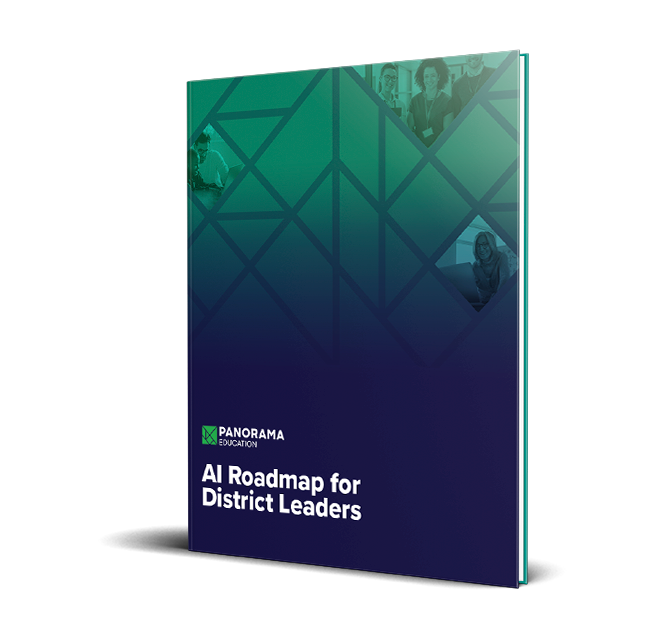





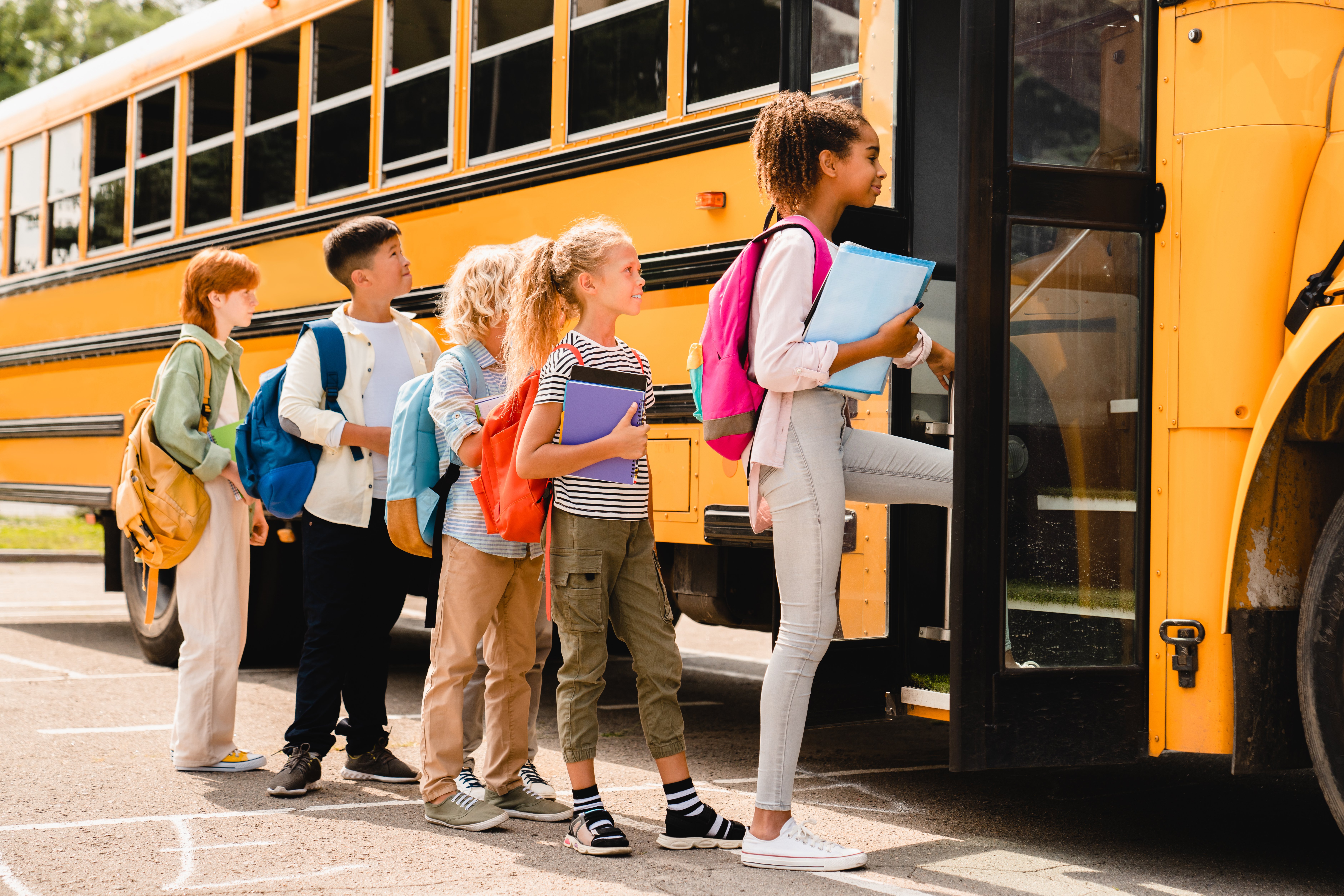

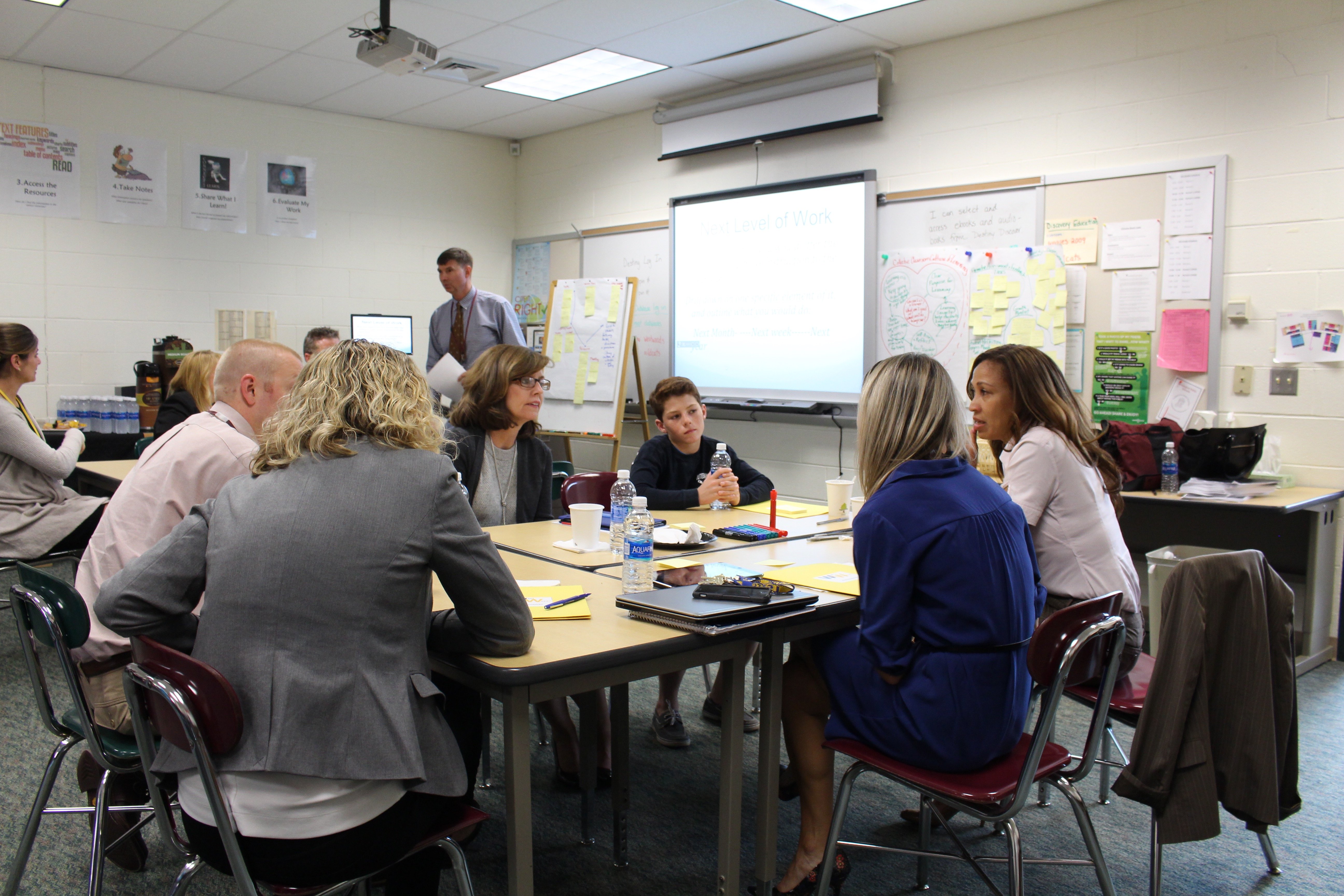
.webp)
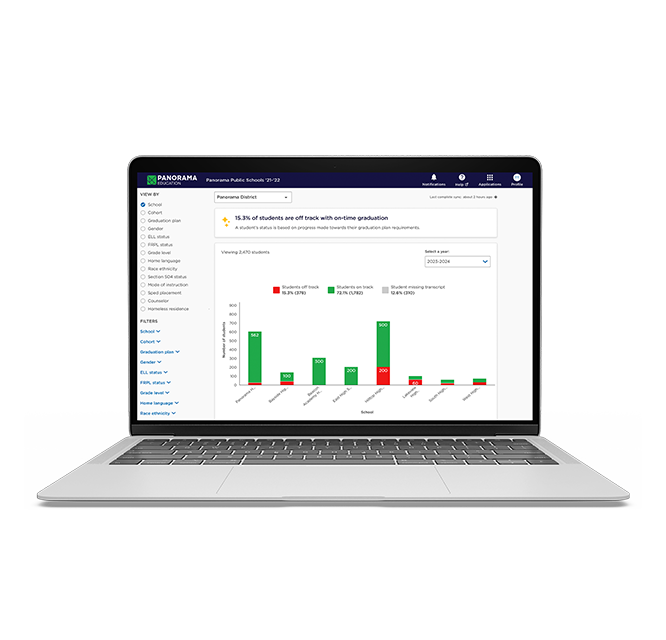
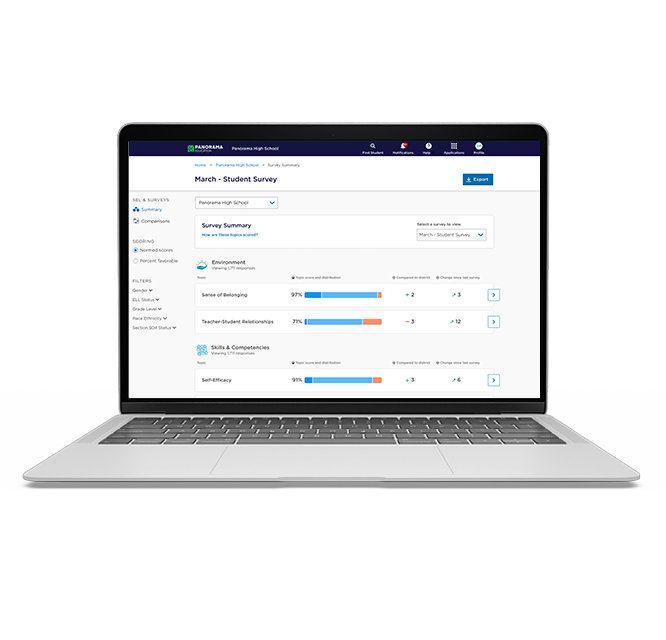
![How AI Ready Is Your District? [Infographic]](https://www.panoramaed.com/hubfs/iStock-1912513615.jpg)